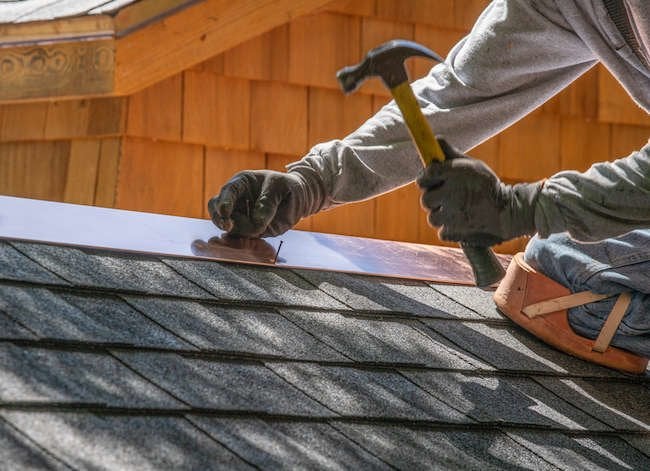We may earn revenue from the products available on this page and participate in affiliate programs. Learn More ›
Know Your Limitations

DIY books and online video tutorials promise to turn everyone into a pro, so it’s no wonder enthusiastic homeowners rush out to buy the tools and materials to do their own projects. But every house and every situation is different, so those books and videos can’t address every issue you could encounter, and if you make a wrong decision, you could face some daunting—and expensive—consequences.
Flooring Redos
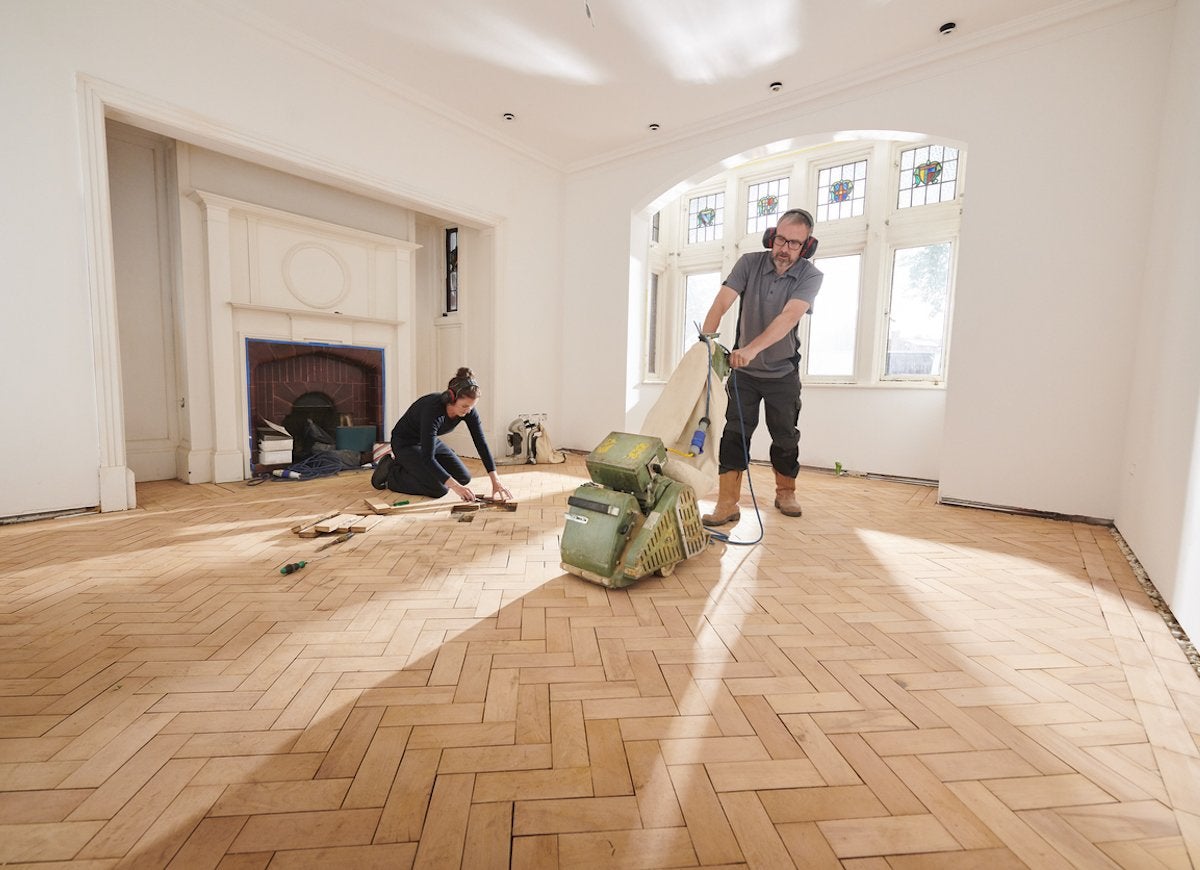
Installing your own carpeting, hardwood, or ceramic tile may seem like an accessible DIY project, but it’s not as easy as it looks. You could run into rotted subfloor under the old flooring, or your measurements could be off by just a bit, leaving you with a floor that looks bad—or worse, one that’s not structurally sound.
Related: 20 Cheap Home Repairs That Could Save You Thousands
Digging Without Calling First
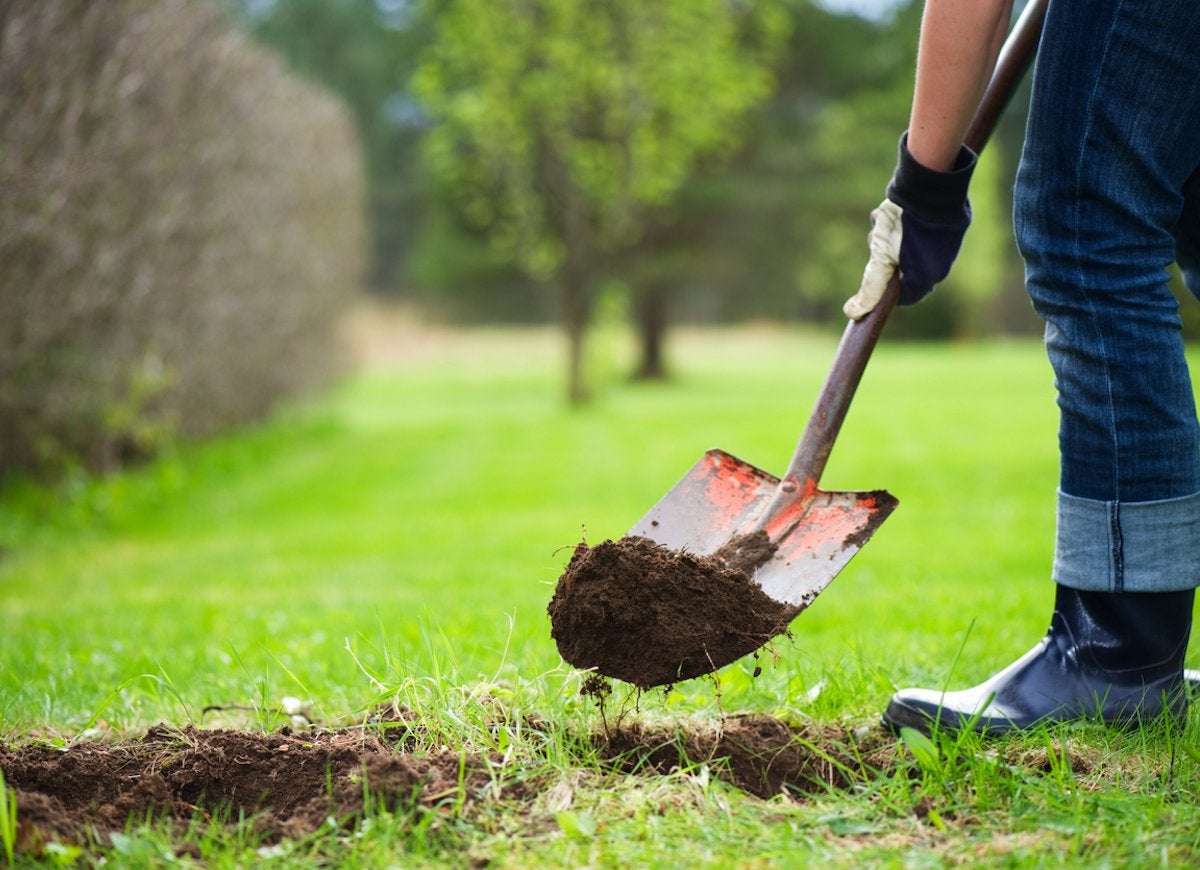
You’ve finally found the time to install that fence, but if you hit a buried utility line when you dig that first posthole, you could end up paying thousands to have the line repaired. This is an avoidable mistake: A few days before you plan to dig, call 811 (Dig Safe), and they’ll dispatch local utility workers who will mark the locations of buried lines at no charge.
Installing a Gas Appliance
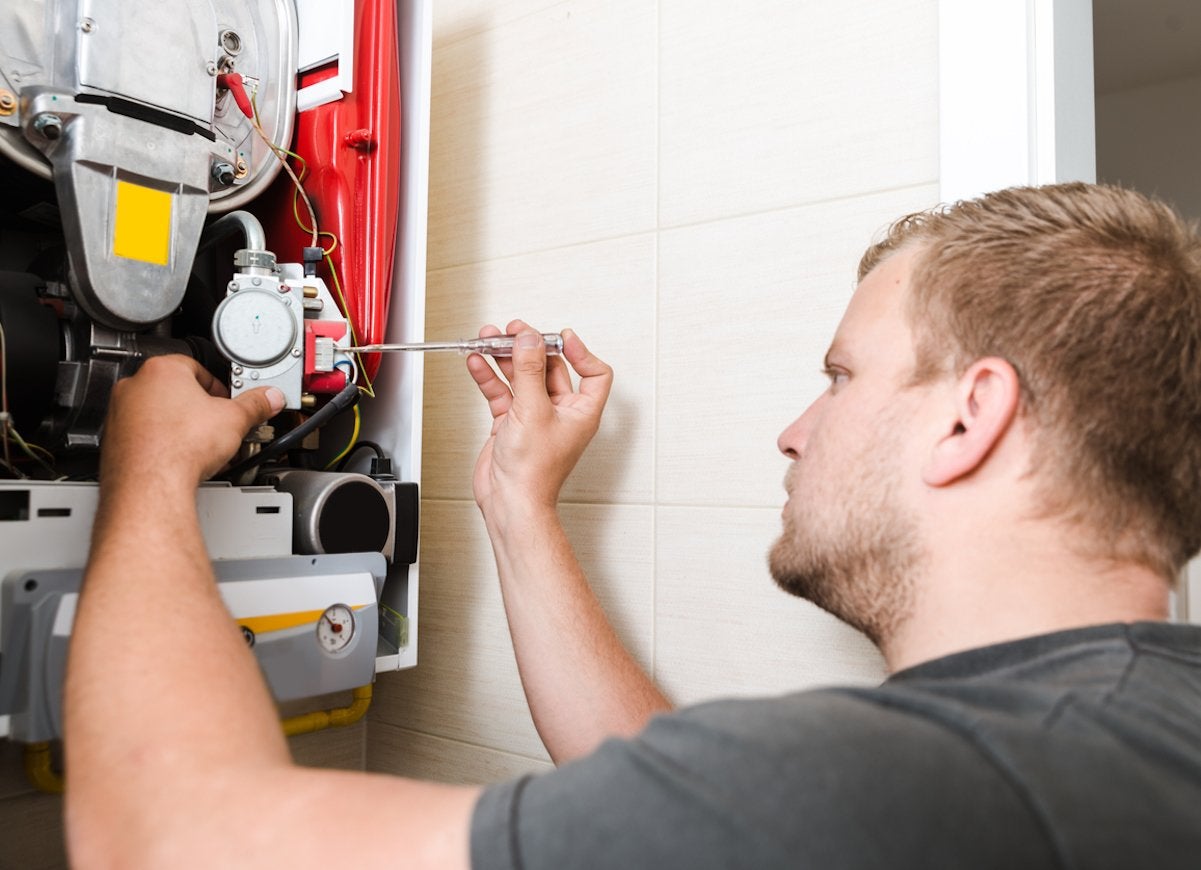
Gas appliances, such as stoves and water heaters, must be installed by a licensed plumber who can connect the gas line and then test it to ensure it doesn’t leak. A leaking gas line can ignite and cause a fire or explosion, so don’t even think about installing a gas appliance yourself.
Forgetting to Pull a Permit
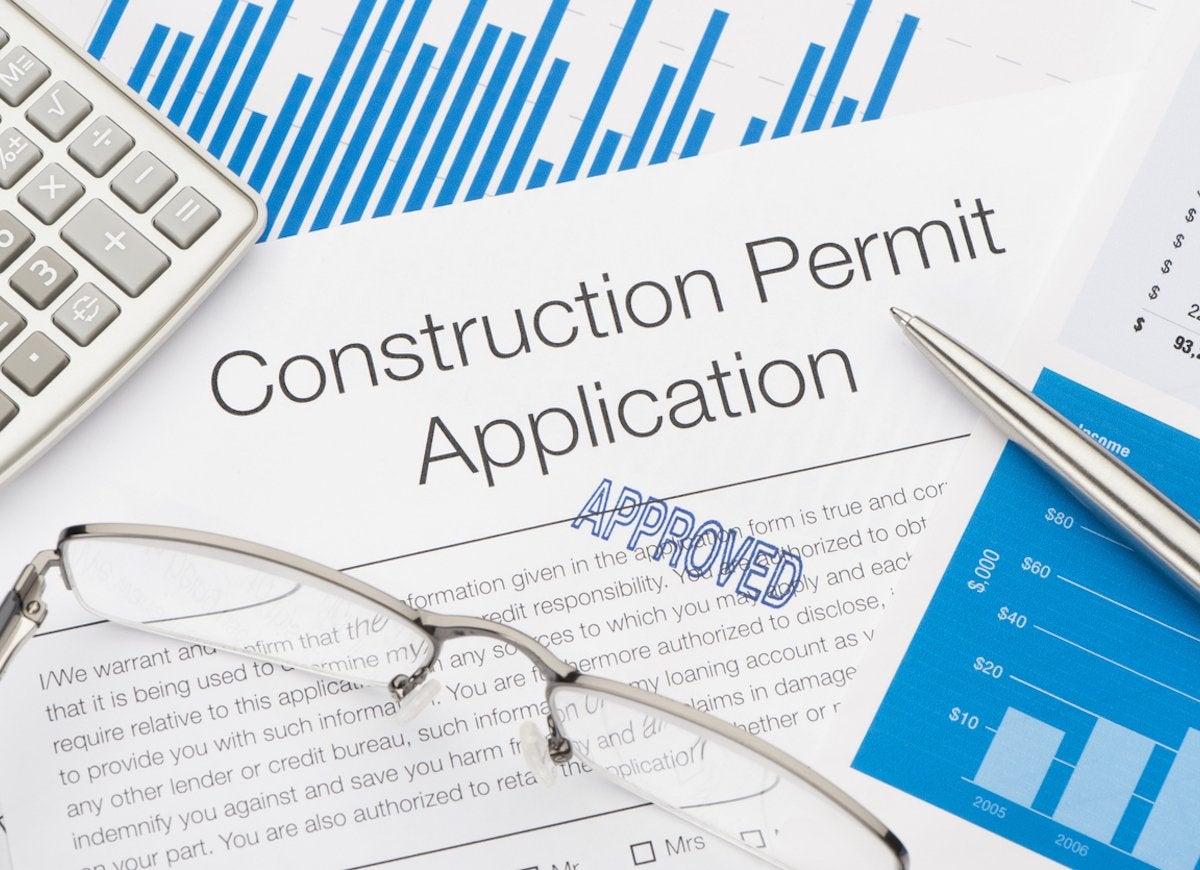
You may be handy enough to remove your home’s old leaky windows and install new replacement windows, but many local building authorities require that you pull a permit before undertaking even small remodeling projects. Failure to do so could result in a large fine, and, in some cases, you may be forced to remove any completed projects that were not approved.
Replacing Siding
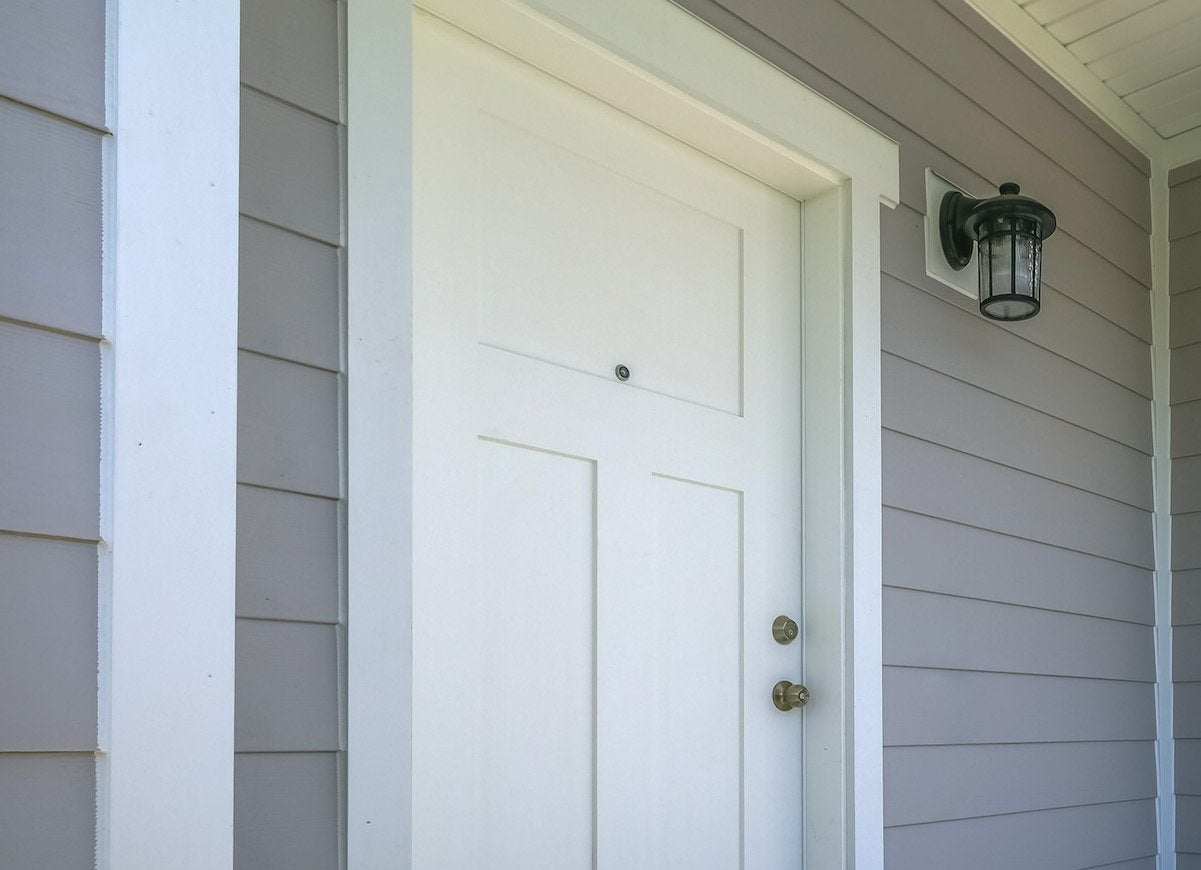
It may look simple, but redoing your home’s siding is a complex project that involves working around corners, soffits, and fascia, and trimming doors and windows. If your home’s siding isn’t correctly installed, water can leak through, and you may not even notice the damage until it has become extensive.
Related: 25 Home Maintenance Problems That Only Take a Minute to Fix
Replacing a Pool Liner

Patching small tears in your pool’s vinyl liner can be a DIY task, but when it comes time to replace the entire liner, you’re better off calling in a pool professional. If you get the wrong size (measuring is complicated), use the wrong adhesive, or damage the liner during installation, you’ll be out thousands of dollars and you’ll end up having to call a pro anyway.
Adding New Outlets
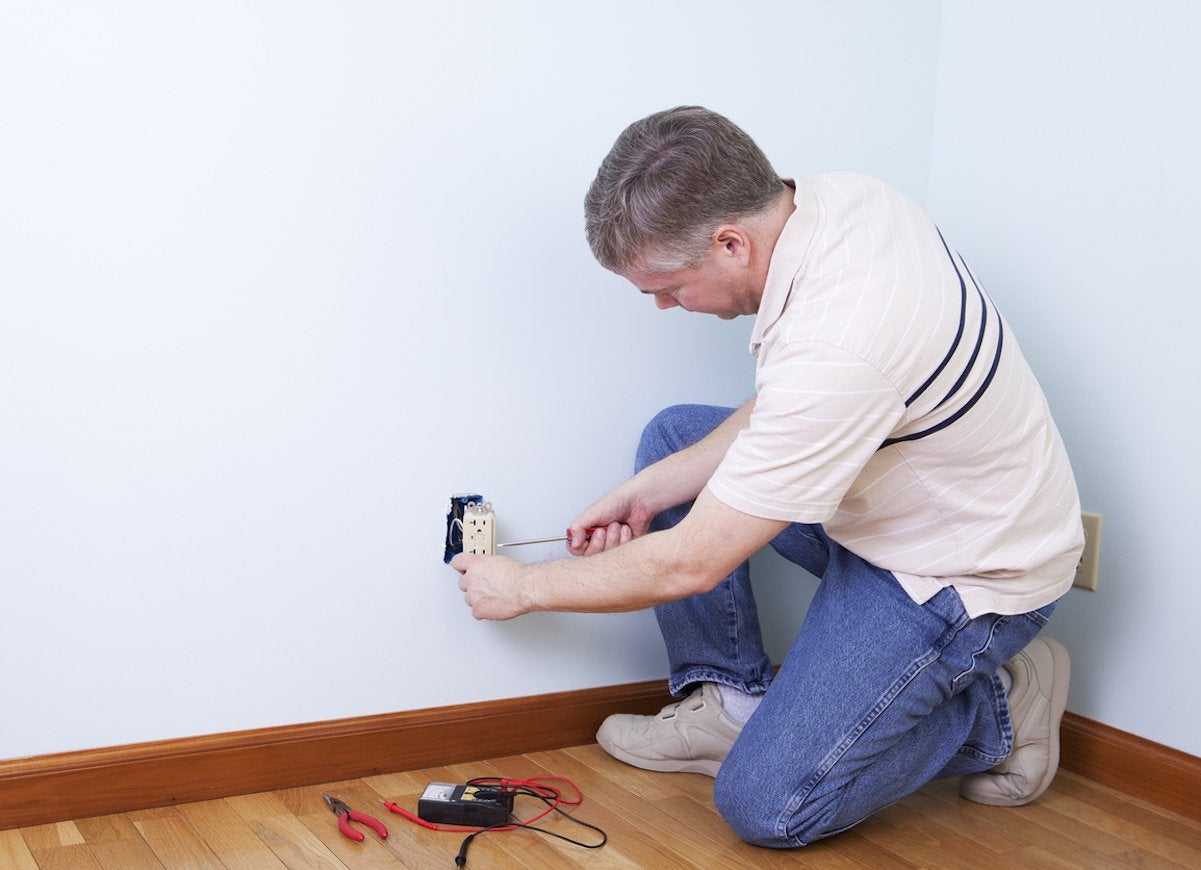
If you’re familiar with basic wiring, you can probably replace an old electrical outlet with a new one because the wires are color-coded and new outlets come with a wiring diagram. Installing new wiring—for instance, putting in an outlet where there hadn’t been one before—is a different matter. If you make a mistake, your faulty wiring could cause a fire. Also, always check with your local building department to see if a permit is required for new wiring.
Opening Up Floor Space
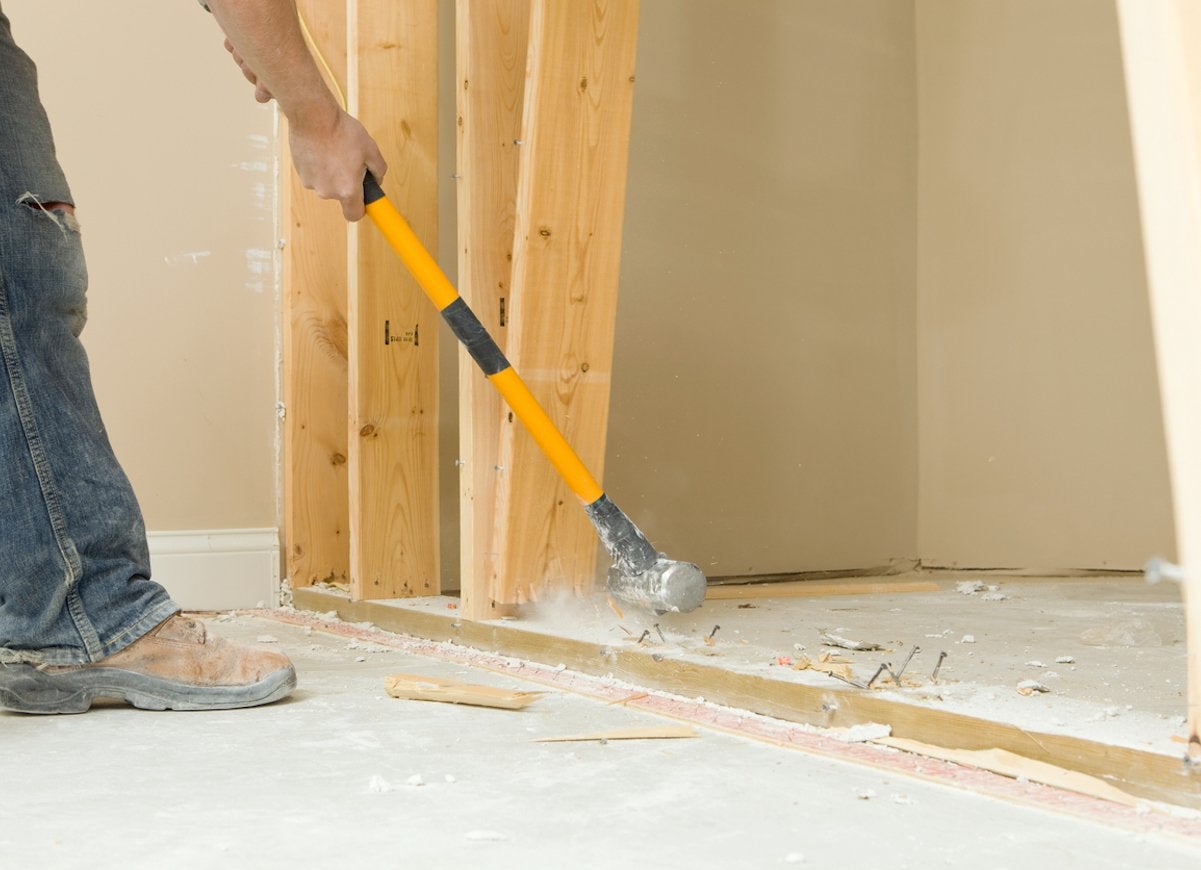
You’ve been itching to take out that wall between the dining room and living room for years, but don’t do it. Some walls are safe to remove—for example, partition walls that don’t carry weight—but if the wall you remove turns out to be a load-bearing wall, you could cause major structural damage to your house that could cost tens of thousands of dollars to repair.
Jacking Up the House

Houses tend to settle over time, and when they do, they can often be lifted back to their original position and then braced in place. Although house jacks are available at home improvement stores, this is not a job for a DIYer. If you don’t know what you’re doing, you could crack walls or cause further structural damage. Definitely call in a pro for this one.
Related: 11 Ticking Time Bombs in Your House—and What to Do About Them
Sizing a New HVAC Unit
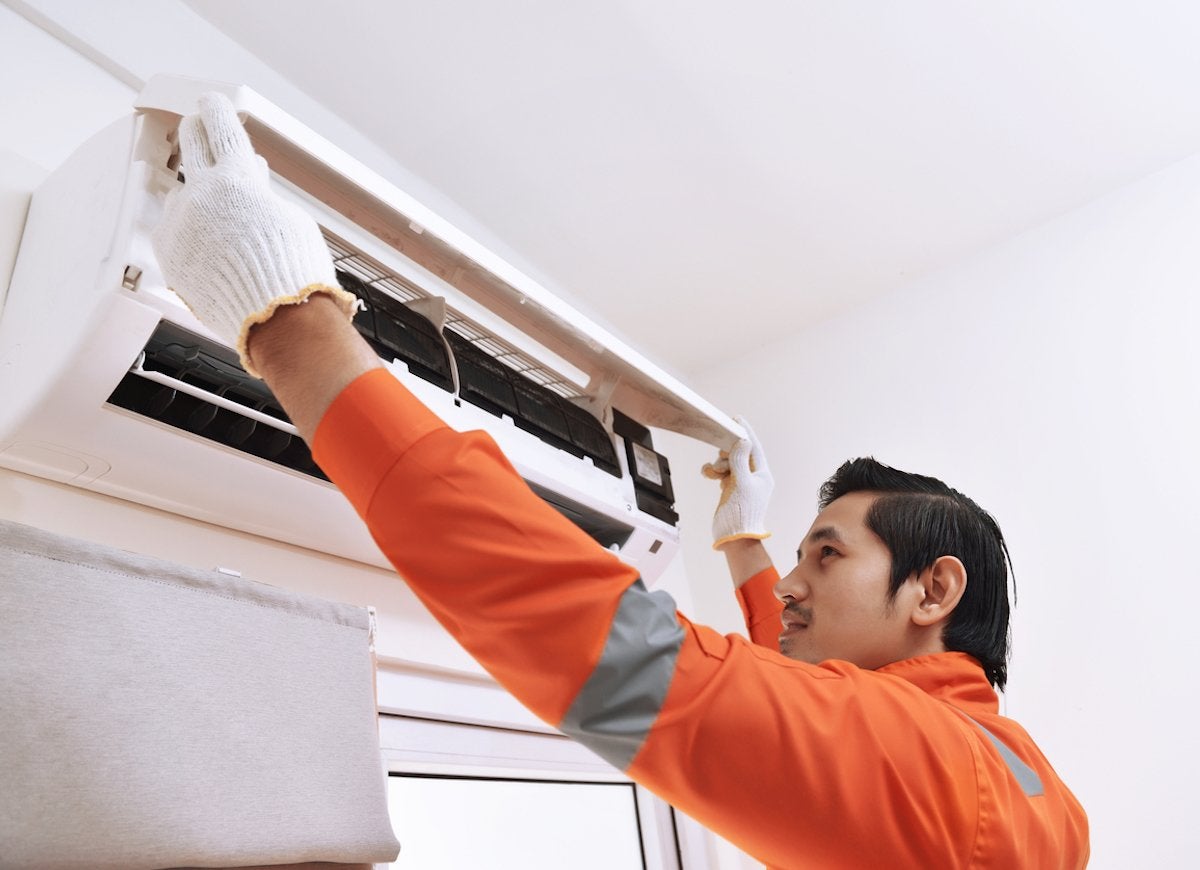
It’s great that you’re finally going to install a new high-efficiency HVAC system, but let the pros figure out what size you need. Buying a system that’s either too large or too small will result in uncomfortable indoor temperatures and high utility bills, so it’s best to leave the decision to the pros.
Roof Replacement
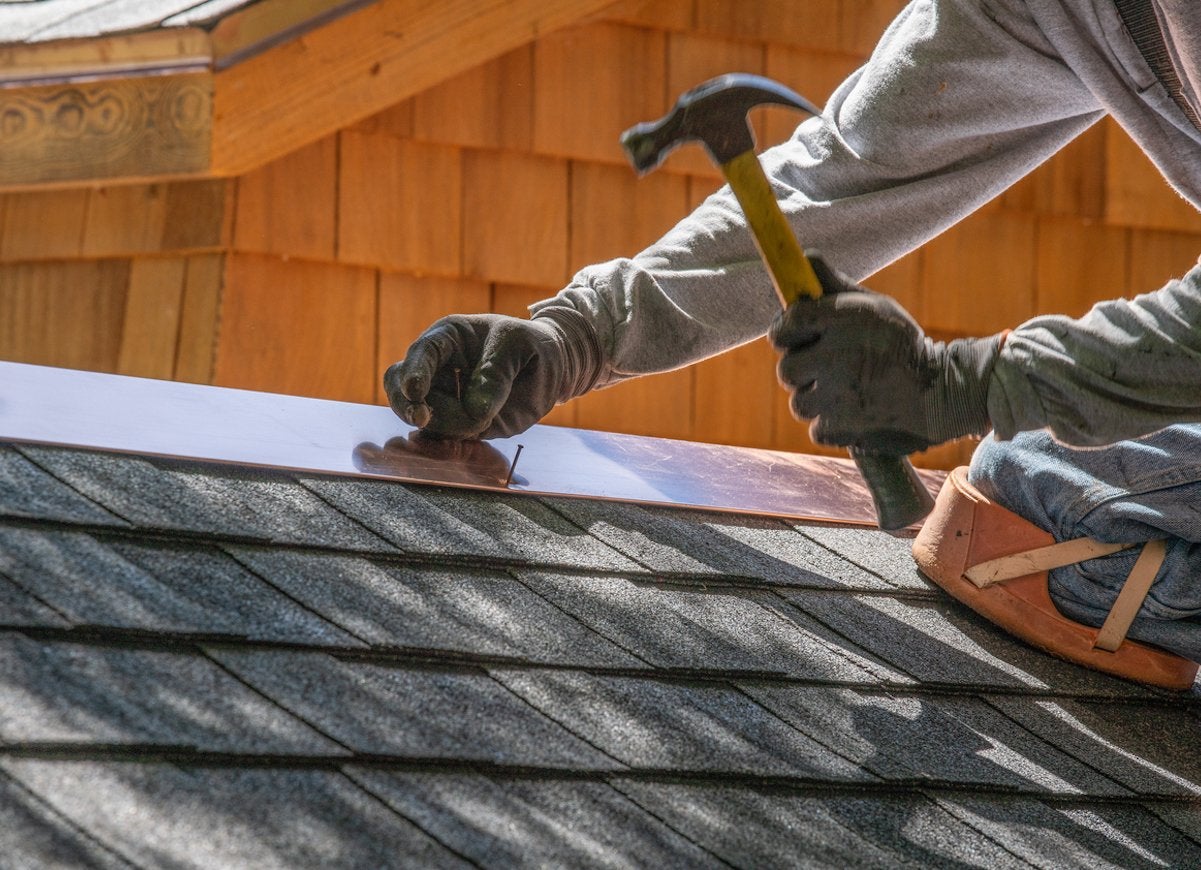
It’s OK to squeeze a little sealant under the edge of a loose shingle, but when it’s time to replace the roof, call a roofing contractor. The roof protects your house from the elements, and a poorly installed roof can leak. You could wind up with thousands of dollars’ worth of damage before you even notice that anything’s wrong.
Trimming Tall Trees
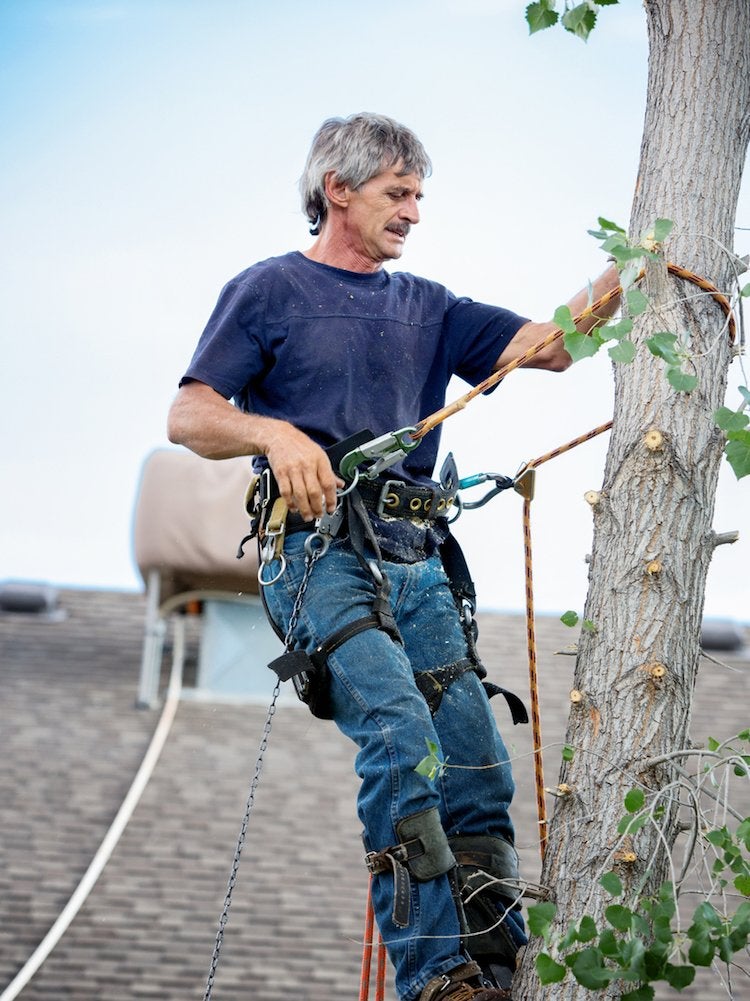
Teetering on a ladder while attempting to remove large tree branches with a chain saw is a recipe for disaster. Tree-pruning companies have pneumatic lifts that safely raise their workers into position to remove dead limbs and branches. This is another one to leave to the pros.
Plumbing Repairs
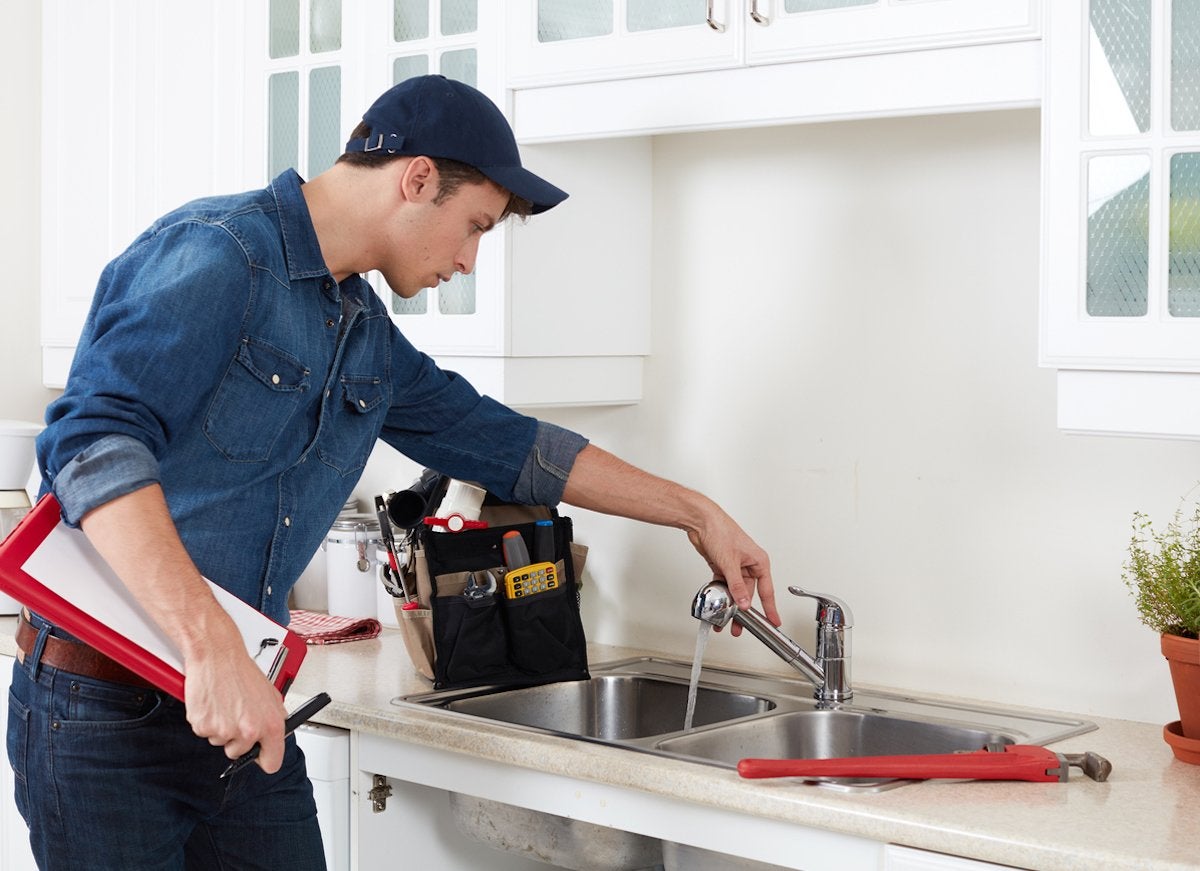
It’s tempting to try to fix household plumbing problems on your own, but if your repairs don’t hold water, you could end up with a burst pipe and a flooded house. Even a small leak can cause water damage and lead to mold growth, so bite the bullet, call the plumber, and get it done right the first time.
Expensive Screw Ups

Sometimes it pays to hire a pro rather than attempting a home improvement project on your own.

A DIYer’s Guide to Replacing Flooring
Update the look and feel of any room by replacing old, worn-out flooring. These products and straightforward steps make it easy enough for any handy homeowner to do.

